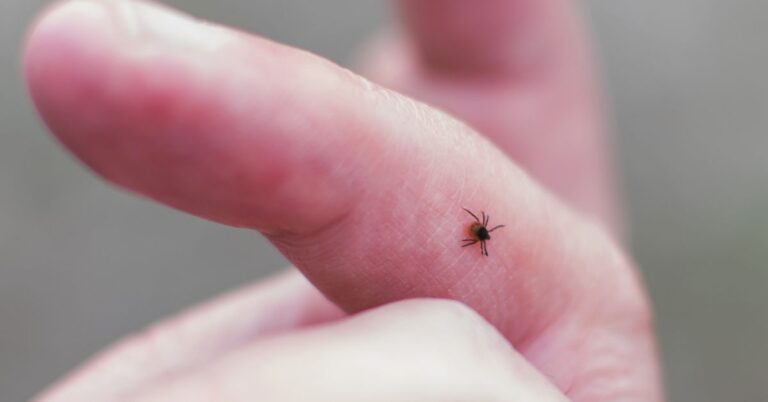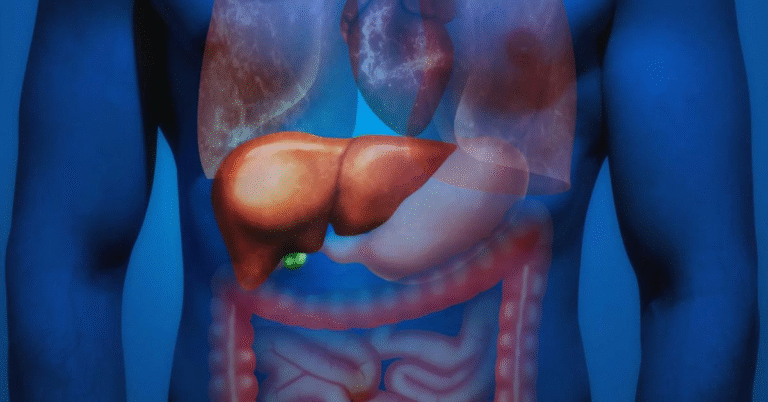Lymes Disease or Just Fatigue? How to Tell the Difference Early
Feeling constantly tired can be attributed to a hectic schedule, poor sleep, or even burnout. However, what if it’s something more serious? As Lyme disease cases surge across the United States in 2025, health experts are urging people not to dismiss persistent fatigue, especially during peak tick season.
The confusion between Lyme disease symptoms and ordinary tiredness is prevalent and potentially hazardous. With an increasing number of patients seeking “Lymes disease” (a frequent misspelling of Lyme disease), it’s evident that there’s still a significant amount of misunderstanding surrounding the presentation of this tick-borne illness.
Why Lyme Disease Can Be Mistaken for Fatigue or Burnout
Lyme disease, caused by the bacterium Borrelia burgdorferi, is transmitted through the bite of an infected black-legged tick, commonly known as a deer tick. Initially, the disease often presents with subtle, nonspecific symptoms that can be mistaken for fatigue, viral infections, or even stress-related burnout.
Fatigue, one of the earliest and most frequently overlooked symptoms of Lyme disease, is highlighted by Dr. Erica Lehman, an integrative medicine physician specializing in tick-borne illnesses. Many patients mistakenly believe they are merely overtired until more severe symptoms manifest.
According to the CDC, Lyme disease affects an estimated 476,000 Americans each year, and misdiagnosis or delayed diagnosis can lead to serious complications (CDC Data).
What Early Lyme Disease Symptoms Look Like
It’s not just about feeling tired. Lyme disease usually comes with a bunch of symptoms, especially if you don’t get treated right away, like within the first few days or weeks after you get infected.
Key Early Symptoms of Lyme Disease:
- Severe fatigue that doesn’t improve with rest
- Joint pain or muscle aches, especially in the knees or shoulders
- Headache and neck stiffness
- Low-grade fever and chills
- Swollen lymph nodes
- A bullseye-shaped rash (erythema migrans) at the tick bite site (appears in 70–80% of cases)
- Brain fog, forgetfulness, or slowed thinking
Hey, listen up! If you’re feeling tired, achy, and confused, especially after spending time in nature or wooded areas, it might be worth checking out a doctor. Dr. Raj Patel, a family medicine expert in infectious diseases, says it’s worth a shot.
What Research Says: Fatigue vs. Early Lyme Disease
A study from 2023 in Clinical Infectious Diseases revealed that a whopping 30% of Lyme patients initially thought their symptoms were stress-related or caused by a virus. This delay in treatment could have been several weeks. But guess what? Those who got treated within 10 days of feeling sick had a whopping 70% lower chance of developing long-term symptoms.
Another 2024 NIH-backed study revealed that patients with Post-Treatment Lyme Disease Syndrome (PTLDS), a condition characterized by chronic fatigue, are more likely to have experienced delayed diagnosis or misattributed symptoms during the early stages of their illness.
The Public Health Challenge: Missed Diagnoses
Lyme disease can be a real head-scratcher because its symptoms are like a chameleon, blending in with many other conditions. It’s often confused with chronic fatigue syndrome, fibromyalgia, or even depression, especially for women and younger folks.
“Lyme disease is like a chameleon,” says Dr. Monica Shoff, MD, from the Mayo Clinic’s infectious disease division. “We need to educate both the public and healthcare providers to spot the signs early before it affects the brain or heart.”
With tick habitats growing because of warmer weather and urban development, more folks are in danger than ever, even in suburbs and cities.
How to Tell If It’s Lyme Disease or Just Fatigue
Consider these questions:
- Have you been hiking, camping, or walking through tall grass or wooded areas recently?
- Did you remove a tick or notice an insect bite in the past month?
- Is your fatigue getting worse over time, not better?
- Do you have any joint pain, headaches, or memory issues along with your fatigue?
- Have you experienced unexplained fever, rash, or chills?
If you answered yes to two or more, talk to a healthcare provider and consider Lyme testing.
What You Can Do to Stay Safe and Informed
Preventing tick bites is the best defense against Lyme disease. According to the CDC, follow these best practices:
Tick Bite Prevention Tips:
- Wear long sleeves and pants when outdoors
- Use insect repellents with DEET or picaridin
- Perform tick checks after outdoor activity
- Shower within 2 hours of coming indoors
- Remove ticks using fine-tipped tweezers don’t squeeze or burn them
- Monitor your body for rash or symptoms for 30 days after any tick exposure
For a full prevention guide, visit the CDC Lyme Prevention Page.
The Bottom Line: Don’t Dismiss Ongoing Fatigue
Fatigue is a common symptom, but when it persists, worsens, or accompanies other unusual symptoms, it shouldn’t be ignored. Early Lyme disease can be treated with antibiotics, but only if caught promptly.
Feeling a bit under the weather? If you’re wondering if it’s Lyme disease or just plain tiredness, trust your instincts and seek advice from a medical expert.
Check out the healthlynic ✔️approved range of products for Weight Loss, Improve metabolism and much more!







